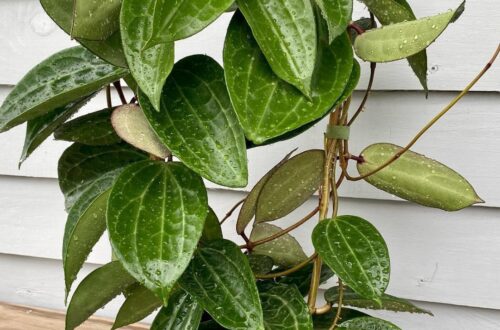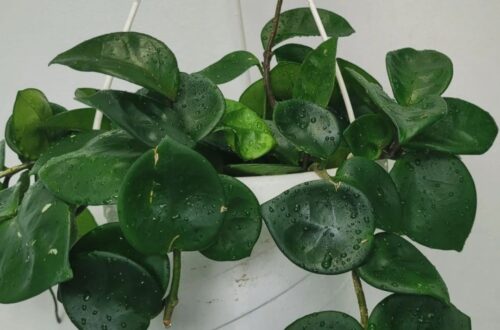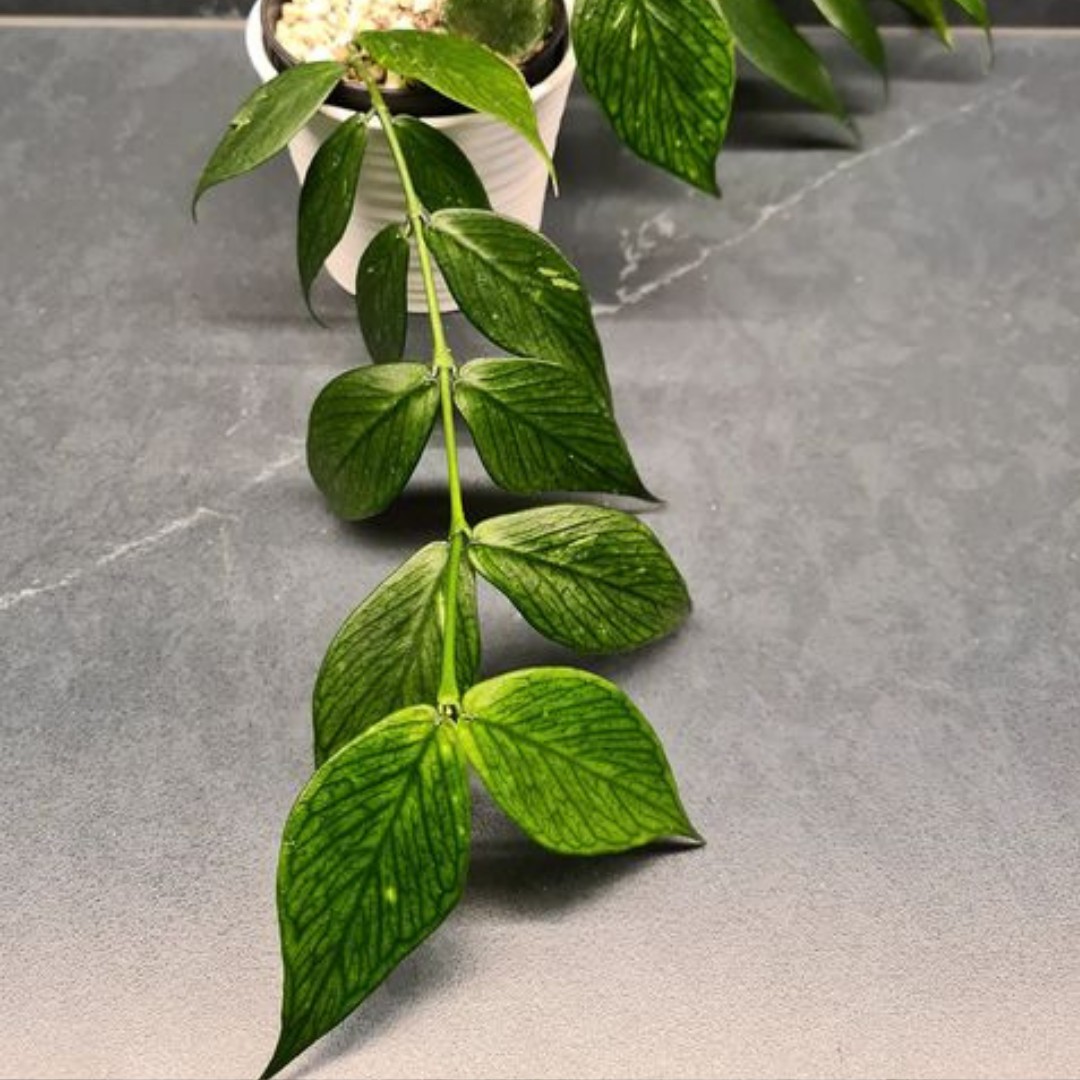
Hoya Polyneura
We cover all you need to know about caring for and propagating the hoya polyneura, a.k.a. the fish tail hoya. They key is to give them a chunky well draining soil and let it dry out before watering again, while keeping them humid and well lit…
Hoya Polyneura Care Summary
| Light needs: | Bright indirect sunlight. |
| Watering needs: | Let the soil dry out almost completely before watering again. Check weekly. |
| Fertilizer: | Use a balanced fertilizer monthly in spring and summer. |
| Soil: | Use a specific hoya mix. |
| Humidity: | 60%. |
| Temperature: | 10-25°C (50-77°F). |
| Where to buy: | Try our list of Rare Plant Shops or Etsy. |
| Other names: | Fishtail Hoya. |
| Common issues: | Overwatering, yellow leaves. |
Introduction
The hoya polyneura aka the fish tail hoya is known for it’s fish tail-like trailing leaves. It is found in the wild in the Himalayas. This is a real stunner!
See also: Hoya Soil, Hoya Lacunosa, Hoya Curtisii, Hoya Compacta Care, Hoya Pachyclada, Hoya Retusa Care, Hoya Serpens, Hoya Heuschkeliana, Hoya Imbricata.
Tip: we recommend Etsy for buying plants. Look for the best rated seller you can, and try to buy as close to your home as possible so the plant does not travel too far.
A note about affiliate links: when you buy a plant, pots, soil, or other goods through links on this article we sometimes earn a commission. It doesn’t cost you anything, but it really helps us out if you do use them. Thanks a lot! An example of this is if you buy a plant on Etsy using this link. Read our privacy policy for more information. Thanks again.
Light Needs
Ideally give your hoya bright, indirect sunlight to encourage growth. It will also be ok a bit further back from the window in medium indirect light also.
How Often to Water A Hoya Polyneura
Let the soil dry out almost completely before watering again. You can check the soil with your finger twice a week.
Tip: they are fussy about watering: they don’t like to be overwatered or underwatered. So the best thing to do is check the soil twice a week and water it if it is almost dry. They don’t not want to dry out completely, but at the same time they don’t like to sit in wet soil.
Fertiliser
Feed this hoya every month in the warmer months in spring and summer. Use a balanced feed. Dilute it well to avoid fertilizer burn on the leaves.
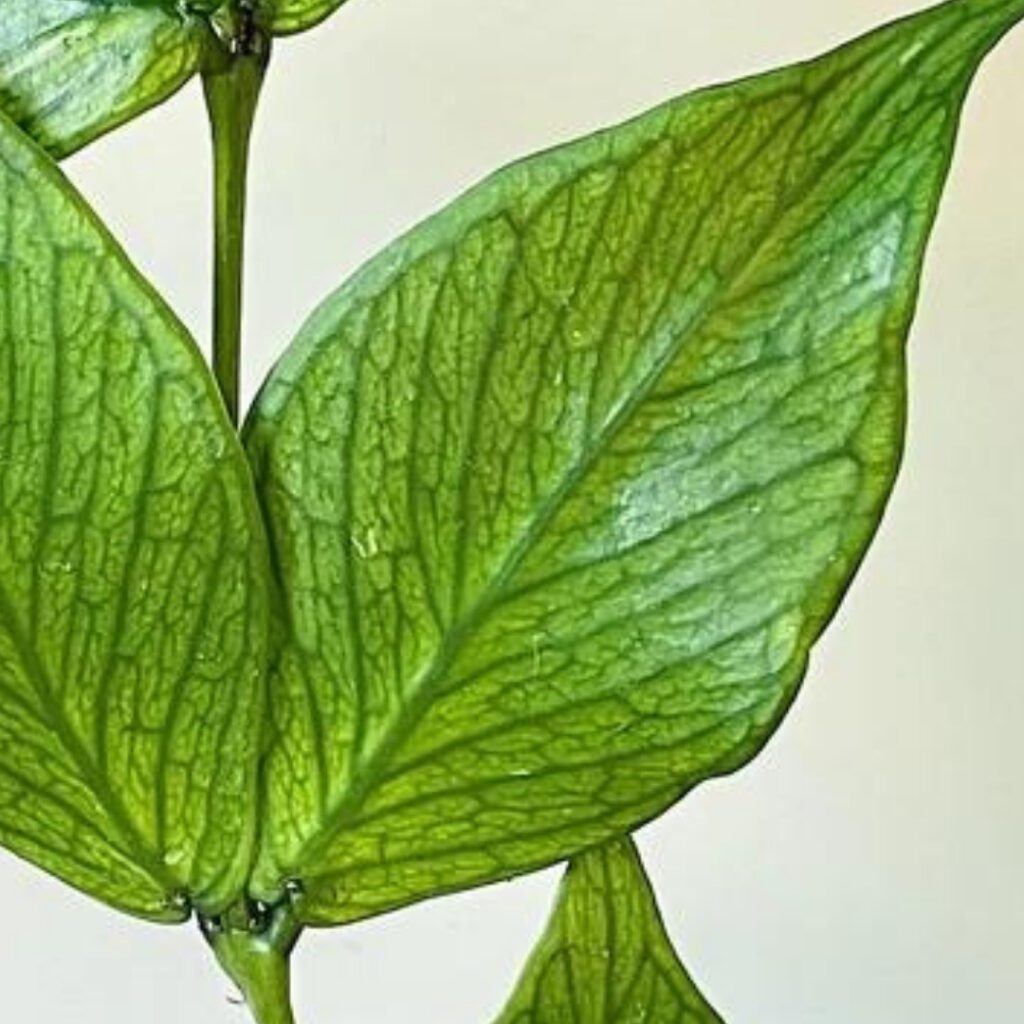
Soil
You need to use a specific hoya mix to make sure the plant does not get root rot. They like a mix of orchid bark, cactus soil and perlite. See our guide here for more info: Hoya Soil.
When To Repot A Hoya Polyneura
Repot in Spring if the roots are crowded, it is not a super quick grower, but you want to make sure it has some extra root space over spring and summer.
Humidity
Aim for over 60% humidity to get the best out of this plant. They thrive if given good humidity levels.
Tip: give them plenty of light and humidity to encourage blooming.
Temperature
10-25°C (50-77°F) is a good range for this hoya, they grow naturally in the Himalayas, so don’t like heat too much, and in fact too much heat can discourage flowering.
How To Propagate Hoya Polyneura
Propagate your hoya polyneura in water by taking cuttings with a few nodes. You need to strip leaves from the bottom nodes and keep leaves on the upper nodes. The leaves will be out of the water and the naked nodes under water to root. Keep it in a warm and humid place and once it has established roots you can pot it up into a hoya soil mix. For more on hoya soil see our guide: Hoya Soil.
hoya polyneura yellow leaves
Yellow leaves occur for a number or reasons, and is quite common on these fussy plants. The most common reason for yellowing is overwatering, which is a real issue for hoyas. It can be due to underwatering or sunburn too. These are all fairly easy to trouble shoot – make sure you are watering the plant properly and keep it out of direct sunlight.
hoya polyneura USDA Zone
Zones 10-11.
hoya polyneura flower
It flowers with yellow and burgundy flowers with subtle sweet scent. They tend to drip a lot with fluid from the blooms, which happens on hoyas sometimes and is nothing to worry about.
Is it toxic to cats?
The good news is they are not toxic to dogs and cats.
hoya polyneura vs broget
The ‘broget’ is a variegated cultivar of the polyneura.
Where To Buy
Try our list of Rare Plant Shops. Or Etsy.
Other Names
Fishtail Hoya
Hoya Polyneura FAQs and Common Problems
Yellowing leaves are common, they are most often due to overwatering, so make sure you only water the plant when it is dry and do not let it sit in water.
Additional Resources
Links:
Buy At Amazon (affiliate links):
- Humidity meter (a cheap way to monitor humidity and temperature levels)
- Humidifier (to maintain humidity levels)
- Compost / potting mix (Miracle Grow)
- Perlite (to add drainage to soil mixes)
- Moss pole
- Plant Pots
- How Not to Kill Your Houseplant (book)
Other Articles You Might Like
Hope you liked our article, you might also like these articles: Hoya Soil, Hoya Lacunosa, Hoya Curtisii, Hoya Compacta Care.
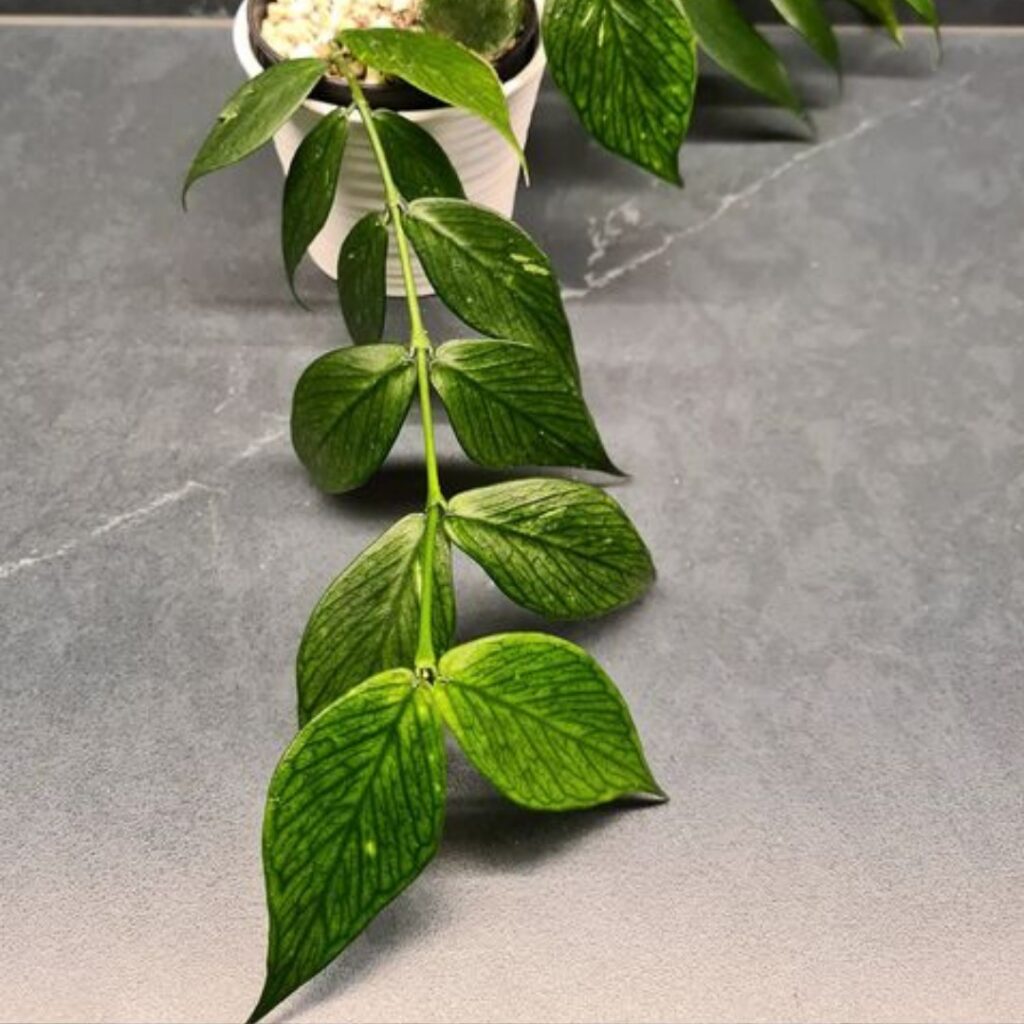
Please follow us on Instagram and Pinterest for regular plant updates and occasional plant giveaways.


